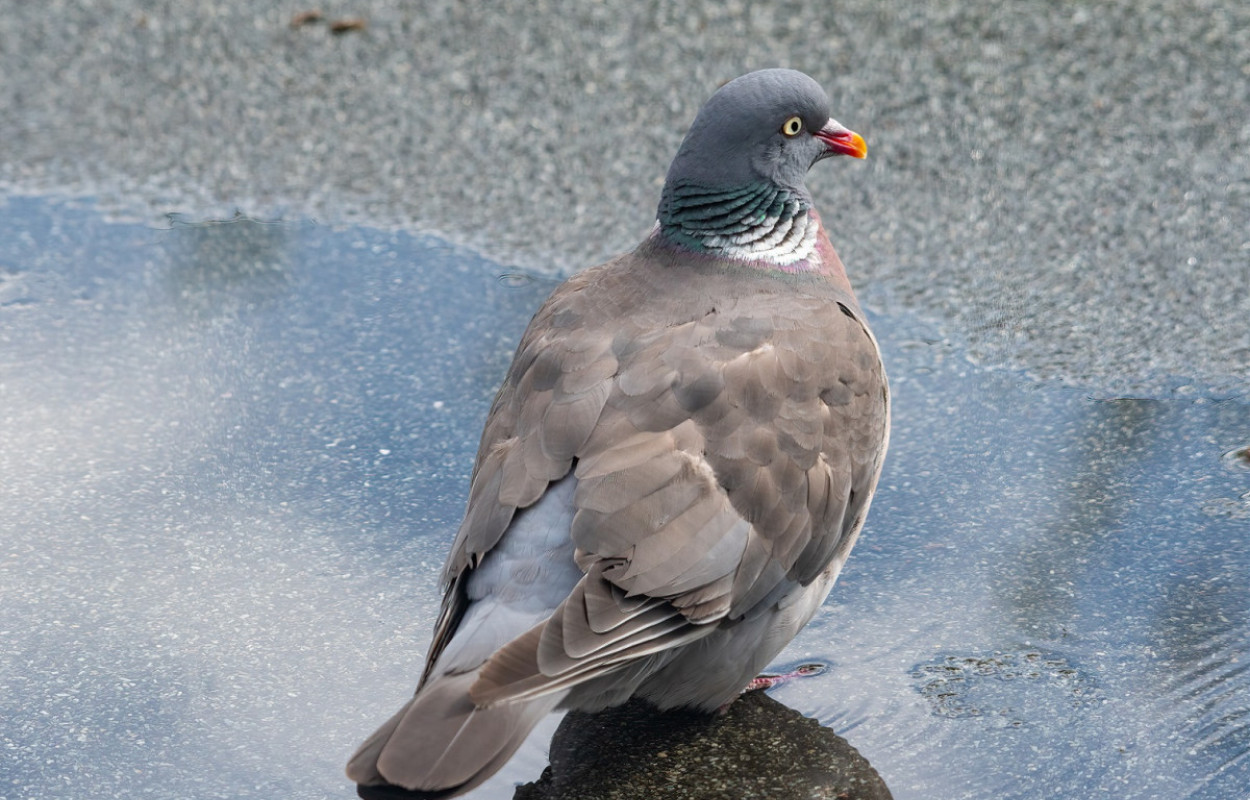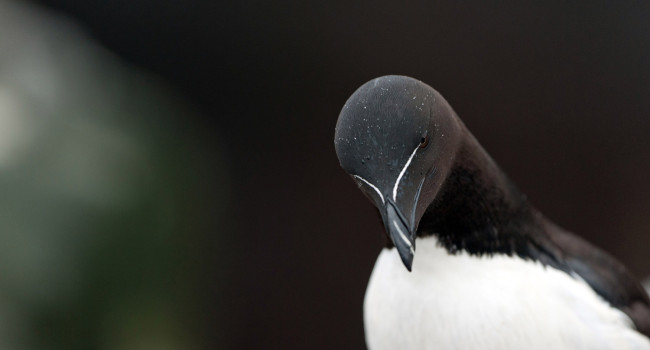Using species-habitat models to predict bird counts from urban development plans

Author(s): Cooper, J.E.J., Plummer, K.E. & Siriwardena, G.M.
Published: February 2023
Journal: Landscape and Urban Planning Volume: 230
Article No.: 104629
Digital Identifier No. (DOI): 10.1016/j.landurbplan.2022.104629
BTO research explores how best to integrate bird biodiversity within planned urban developments.
Abstract
If urban environments are designed from the outset to be biodiversity-friendly, they can support resilient wildlife communities, improve the wellbeing of inhabitants, and reduce overall costs due to a reduced need for buying compensatory land. Urban planners might best design productive green infrastructure through predictive tools that output rapid, quantitative, and reliable wildlife statistics from digitized plans. Here, we demonstrate how species-habitat models could provide the foundation for such a tool. We took plans for nine housing developments across England and Wales and integrated them with high-resolution digital maps to derive the urban landscape measures used to parameterise previously developed species-habitat models. We produced predictions of abundance for 55 common bird species per development, which we summarised into bird trait groups and overall diversity. We compared predictions between planned developments and designs with alterations to greenspace, woodland, and housing configuration in five scenarios. We found that biodiversity predictions for actual plans were lower than at least one scenario per development, but that the scenario that achieved the highest species diversity varied between sites. This indicates that optimal solutions for bird diversity depend upon the biophysical context of each planned development. We believe that this framework could provide a cost-effective and data-driven approach to support green infrastructure and be of particular importance for urban planners in jurisdictions where such considerations are mandatory.
Notes
The authors are grateful to the thousands of volunteers who contributed to the Breeding Bird Survey (BBS) datasets which were used as part of the modelling process and to Minna Ots, who digitised development maps. This project was funded by a partnership of the Joint Nature Conservation Committee (JNCC), BTO and UK Centre for Ecology and Hydrology, and the authors thank Niki Newton, Anna Robinson, Michael Pocock, Nick Isaac and Rob Robinson for their support. The BBS is funded by a partnership of BTO, JNCC and the Royal Society for the Protection of Birds.Staff Author(s)









Share this page